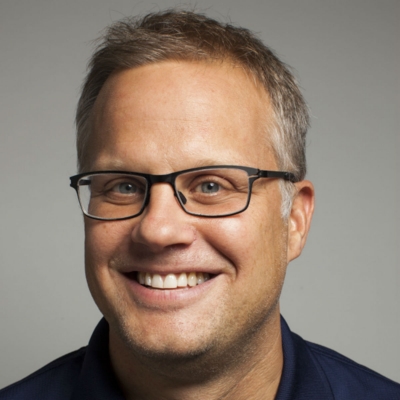Brand Marketing
How brands like Coke, Nissan and Wendy's are approaching a very different March Madness

March 11, 2021 08:00 PM
Featured Stories
Honda strikes L.A. Olympics sponsorship—5 things to know about the deal
Honda replaces Toyota as Team USA sponsor and has ambitious marketing plans with NBC and on the ground in Los Angeles.



